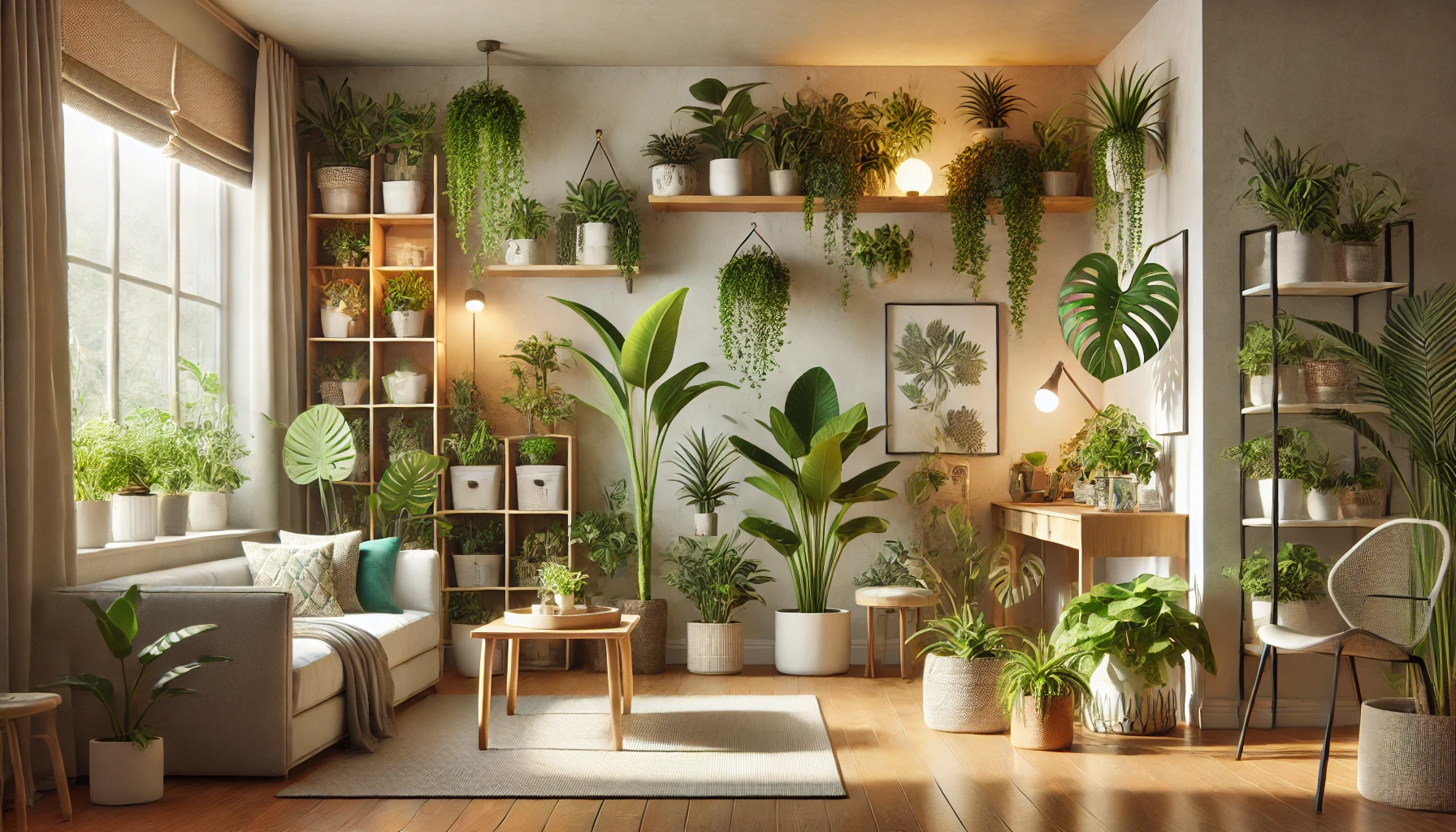Caring for exotic plants in an apartment that lacks a balcony may seem like a challenge, but with the right strategies, even the most compact indoor spaces can support vibrant, thriving greenery. The key lies in understanding your plant’s specific needs and learning how to simulate the conditions they would experience in nature—all within the walls of your home.
This comprehensive guide explores how to care for exotic plants when you don’t have access to a balcony or outdoor area. From maximizing light and humidity to choosing the best species, you’ll learn everything you need to build a lush urban jungle indoors.
Why Lack of Outdoor Space Isn’t a Limitation
It’s a common misconception that exotic plants require outdoor exposure to thrive. In reality, many tropical species are adapted to shaded understories in rainforests, meaning they’re naturally inclined to do well in protected environments—like your apartment.
Not having a balcony means you don’t have to worry about wind damage, rain inconsistency, or drastic temperature swings. Instead, you can create a controlled indoor environment that supports healthy plant growth year-round.
Choosing the Right Exotic Plants for Indoors
When you’re working with an indoor-only setup, the best thing you can do is select plants that are well-suited to low to medium light, stable humidity, and moderate temperatures.
Top Exotic Plants for Apartments Without Balconies:
- ZZ Plant (Zamioculcas zamiifolia) – Extremely low-maintenance and tolerant of low light.
- Calathea Orbifolia – Thrives in medium light and loves humidity.
- Bird’s Nest Fern (Asplenium nidus) – A humidity-loving beauty perfect for bathrooms or kitchens.
- Peace Lily (Spathiphyllum) – Can flower indoors with moderate light.
- Philodendron Brasil – Grows well in indirect light and adds a pop of color.
- Stromanthe Triostar – Vibrant and dramatic foliage that appreciates humidity and diffused light.
Lighting Strategies for Windowless or Low-Light Rooms
Balcony-free apartments often lack strong natural light, especially in rooms that don’t face the sun. But that doesn’t mean your plants are doomed—just that you’ll need to get strategic.
How to Maximize Indoor Light:
- Use LED Grow Lights: Full-spectrum LEDs mimic natural sunlight and can be placed on timers to simulate a consistent day/night cycle.
- Reflective Surfaces: Use mirrors, white walls, and glossy furniture to bounce light around the room.
- Window Optimization: Keep windows clean, use sheer curtains, and avoid placing items that block light.
- Plant Positioning: Group plants closer to windows or under artificial lighting, rotating them regularly for even growth.
If a plant is stretching or its leaves are fading, it’s usually a sign it needs more light.
Creating a Humid Environment Indoors
Many exotic plants hail from rainforests where the air is consistently moist—something that most apartments lack, especially in colder months with heating systems running.
How to Add Humidity Without a Balcony:
- Humidifiers: A small ultrasonic humidifier placed near your plants can make a big difference.
- Pebble Trays: Fill a shallow tray with water and pebbles, then place pots on top. As water evaporates, it increases local humidity.
- Group Plants Together: Plants naturally release moisture through transpiration. Grouping them boosts the humidity around them.
- Bathroom Planting: If your bathroom has natural light, it’s the ideal humid microclimate for tropical plants.
The Importance of Air Circulation
While balconies provide fresh air, it’s entirely possible to maintain healthy airflow indoors. Good air circulation helps prevent mold, mildew, and pests—especially when humidity is high.
How to Improve Airflow:
- Open windows regularly (if possible) for fresh air exchange.
- Use small fans to gently move air around the room.
- Avoid overcrowding: Ensure there’s space between plants for airflow to pass through.
Soil, Drainage, and Watering Indoors
Indoor watering can get tricky—especially without outdoor drainage or balcony run-off. That’s why choosing the right pot and soil mix is essential.
Best Practices for Soil and Drainage:
- Use a light, aerated potting mix with perlite or orchid bark.
- Always choose pots with drainage holes.
- Use cachepots (decorative outer pots) to catch excess water without damaging furniture.
- For sensitive plants, try bottom watering to prevent over-saturation on the soil surface.
Watering Tips for Indoor-Only Plants:
- Water only when the top 2–3 cm of soil is dry.
- Avoid letting plants sit in stagnant water.
- Use filtered water if your tap water contains chlorine or salts—many exotics are sensitive to water quality.
Creating Microclimates in Your Apartment
Even if you don’t have a balcony, your apartment likely has areas with differing conditions. The corner near the kitchen sink might be more humid; the window ledge might receive afternoon sun.
Build Microclimates by:
- Grouping plants by similar needs (light, humidity, water)
- Using furniture to create plant “zones”
- Placing tropical plants near humidifiers, diffused light, and fans
By working with your apartment’s layout, you can turn even a studio into a lush indoor garden.
Decor and Design with Exotic Plants
Just because you don’t have outdoor space doesn’t mean your green setup can’t be beautiful.
Stylish Indoor Plant Display Ideas:
- Wall-mounted planters to save floor space
- Floating shelves with lighting underneath
- Macramé hangers for trailing plants like Pothos and Tradescantia
- Plant stands in corners to elevate larger foliage
- Terrariums for mini exotic plant ecosystems
Mix functionality with beauty to create a space that feels natural and alive.
Final Thoughts: Urban Jungle, No Balcony Needed
You don’t need a balcony to cultivate a rich, exotic plant collection. By adapting your environment and selecting the right plants, you can create a thriving indoor garden in any apartment. With thoughtful placement, lighting solutions, and consistent care, your space can feel like a tropical escape—without ever stepping outside.
